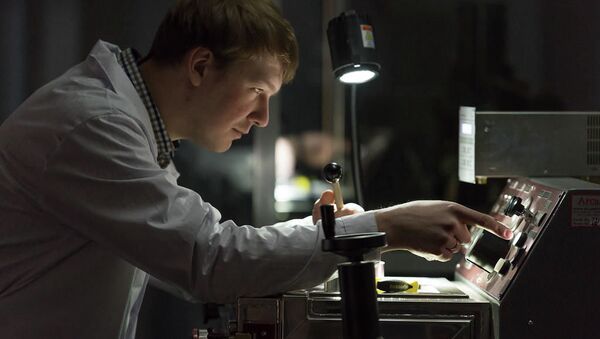Cheap to produce, these alloys open new possibilities for industrial use. The researchers' findings were published in the Journal of Alloys and Compounds.
Today, scientists around the world are facing the task of developing new materials that can reduce electricity transmission and transformation losses. This could help save energy and reduce the level of dangerous gas emissions (including CO2, the key component behind the greenhouse effect). By increasing the efficiency of electronic devices, scientists could further reduce their size.
READ MORE: 'Alien Probe' 'Oumuamua Not Earth's First Interstellar Visitor, Scientists Claim
To do this, the international team of researchers started developing amorphous soft magnetic compounds with inexpensive alloy materials such as Fe-Si-B-Nb-Cu (iron-silicon-boron-niobium-copper).
"To develop new iron alloys with high strength and magnetic properties, we first analysed a great number of alloy compositions", Andrei Bazlov, one of the authors of the research and engineer at NUST MISiS, told Sputnik. "At the same time, we tried to refrain from using expensive alloying elements such as niobium and molybdenum. Every alloy we examined in our work was synthesized using an industrial technology called melt spinning (pouring the material onto a spinning copper wheel)".
"The resulting new amorphous iron alloys surpass their common industrial counterparts not just in Russia, but beyond", Bazlov added. "The distinct benefits include low cost (due to the absence of expensive alloying elements) and simplicity of industrial production".
The scientists will continue developing new alloys and heat treatment conditions for amorphous soft magnetic alloys. They are also planning to find industrial uses for their findings.


